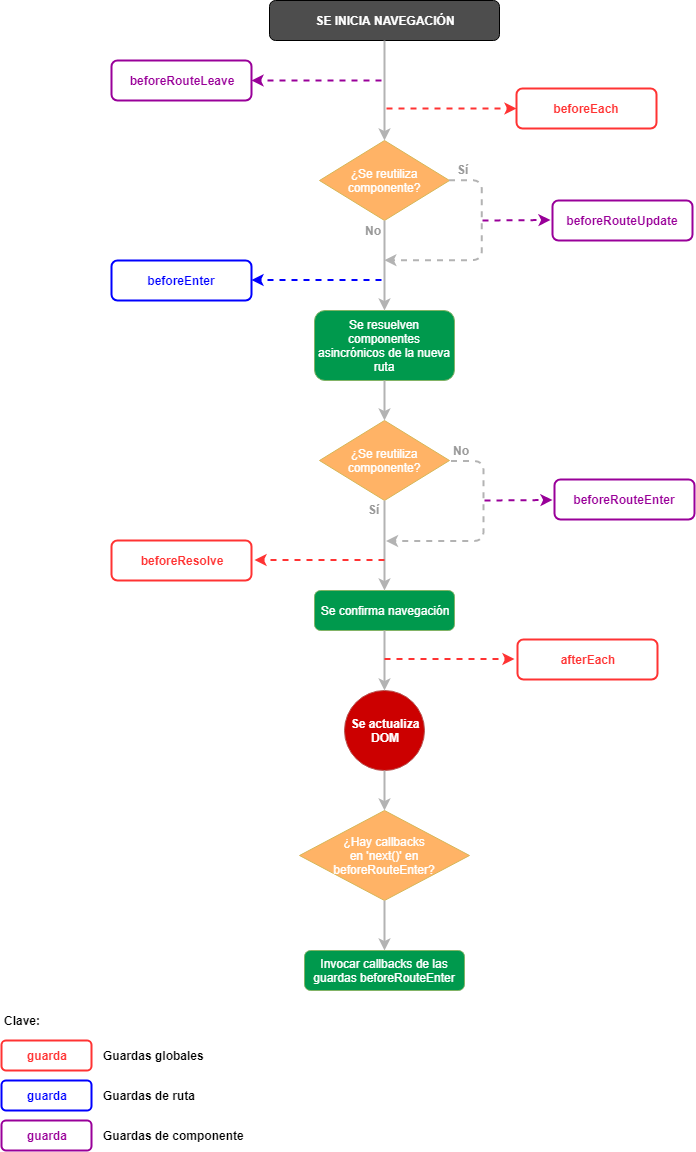

Single views records: have a component option.There are three different kind of route records: Route record that can be provided by the user when adding routes via the routes option or via router.addRoute(). Query : Record ) => string # RouteRecordRaw If the user is not on a browser context, it's up to them to replace that location with the starter location by either calling router.push() or router.replace(). It starts in a special location that is nowhere. The main purpose of this history is to handle SSR. at createWebHashHistory ( ) // gives a url of `` createWebHashHistory ( '/folder/' ) // gives a url of `` // if the `#` is provided in the base, it won't be added by `createWebHashHistory` createWebHashHistory ( '/folder/#/app/' ) // gives a url of `` // you should avoid doing this because it changes the original url and breaks copying urls createWebHashHistory ( '/other-folder/' ) // gives a url of `` // at file:///usr/etc/folder/index.html // for locations with no `host`, the base is ignored createWebHashHistory ( '/iAmIgnored' ) // gives a url of `file:///usr/etc/folder/index.html#` # createMemoryHistoryĬreates a in-memory based history. Sometimes we may want the active class to be applied to an outer element rather than the element itself, in that case, you can wrap that element inside a router-link and use the v-slot properties to create your link: # Example: Applying Active Class to Outer Element isExactActive: true if the exact active class should be applied.isActive: true if the active class should be applied.ctrl or cmd + click will still be ignored by navigate. It will automatically prevent events when necessary, the same way router-link does, e.g. navigate: function to trigger the navigation.It contains the base if any was provided. This would be the href attribute of an element.


 0 kommentar(er)
0 kommentar(er)
